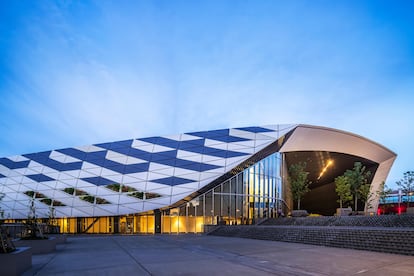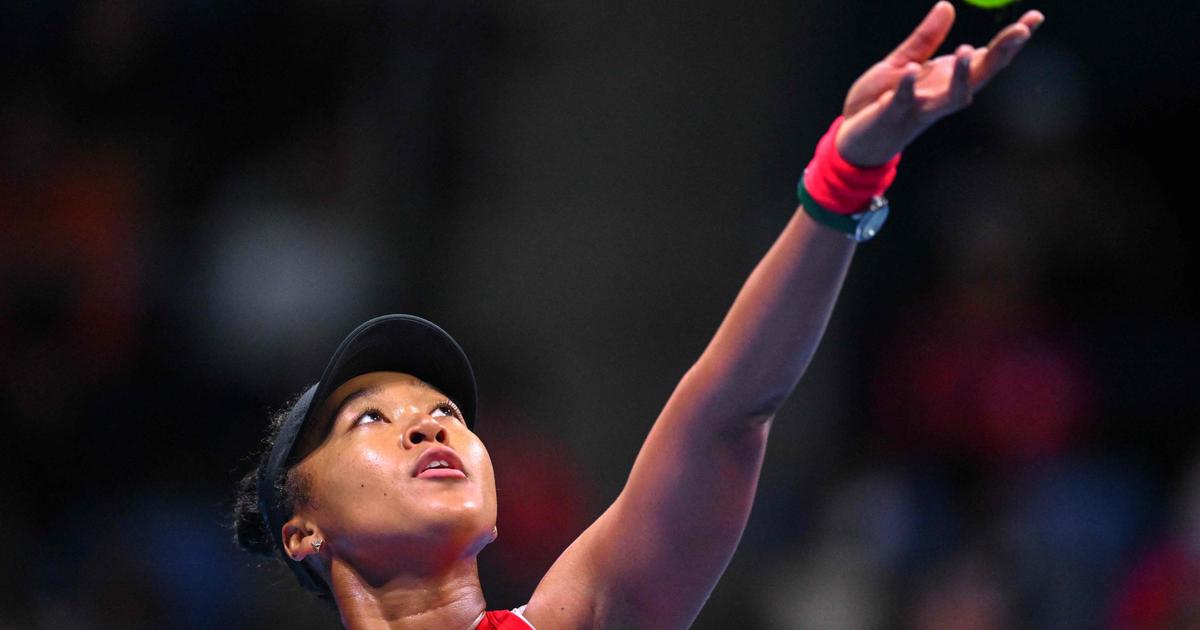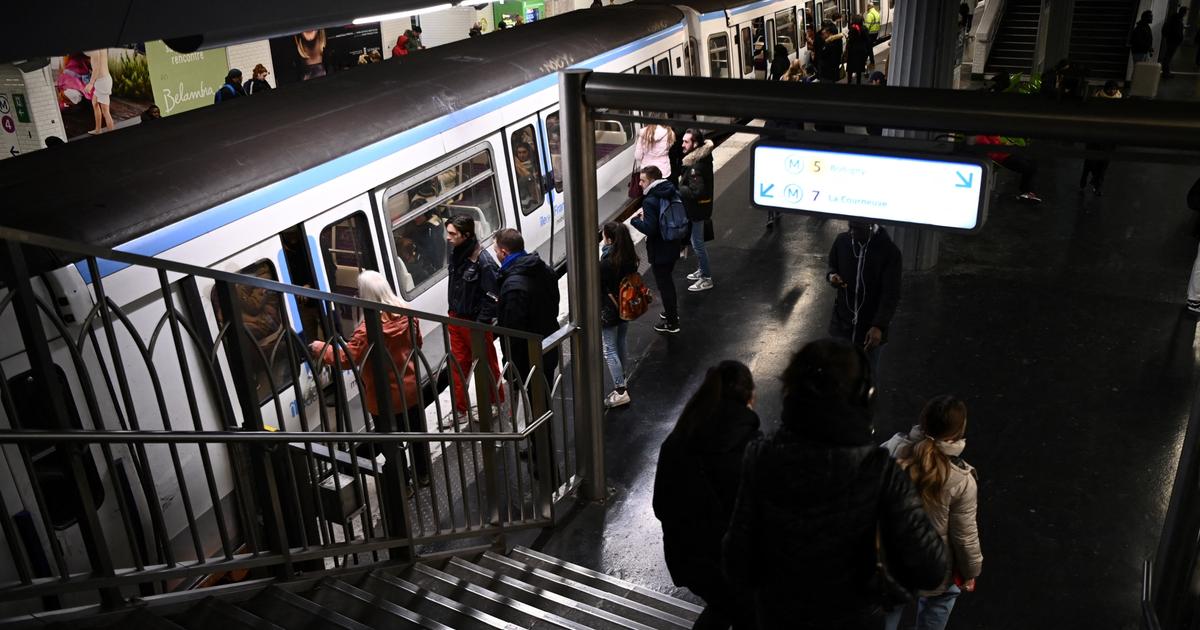Tokyo did not know where it was getting when it toasted the Games in 2013. The dispute over the Olympic Stadium that revolved around the proposal that the study of Zaha Hadid (who died in 2016) made that same year was only an omen of what was to come. The 2020 Games have suffered countless setbacks and controversies, although - either because of Japanese resilience or because of economic interests - they have decided to be held. Today, the stamp of a desert grandstand in front of the generous capacity of capacity reflects what could be, almost is and will not be. A year and a half after Shinzo Abe, then Japanese Prime Minister, declared that "the Games would be the light at the end of the tunnel and the triumph of humanity", the tickets are returned to all spectators, foreigners and Japanese.Despite the efforts to bet on plurality and inclusion, that is not what Tokyo 2020 is associated with. The Olympics, which were intended to be remembered as the Games in which technology advanced hand in hand with sustainability, They will be for its more than 700,000 empty seats.
In a historical moment like this, in which it is vital to reclaim diversity, the sporting event par excellence was the perfect opportunity to create that feeling of union that sport generates and to remember the origin of the Games. The sanitary precautions taken have overlooked the spatial measures that architecture could have proposed: studying the possibilities of each installation to make the unique Olympic environment somewhat less cold was not considered as an option. As we explained at ICON Design a year ago, "the villas cannot avoid being daughters of their time", and the one in Tokyo 2020 has been paralyzed and mute. And it is that the sound of the architecture of the Olympic Games marches at intervals, it depends on the concentration that the athlete needs and on how he develops in his modality.The audience holds their breath first and claps later. In Tokyo 2020, however, the 42 venues will maintain such a prolonged silence that it could erupt.
There are eight permanent facilities that different Japanese architecture studios have built expressly for the 2020 Games. What none of them knew when the projects began is that they would not finally be able to accommodate any type of public during the Olympics, although they would later on, since in some way they have to amortize the cost of millions of euros that each one of them has raised in the Japanese capital.
Olympic Stadium (Tokyo), by Kengo Kuma
This aerial view shows the Olympic Stadium, the main venue for the Tokyo 2020 Olympic Games, in Tokyo.BEHROUZ MEHRI / Getty Images
The old Olympic Stadium, designed exclusively for the 1964 Games by Kenzō Tange, the most influential figure in Japanese architecture after World War II, was demolished to build a new proposal. That of Zaha Hadid, the winner at first, generated criticism for its shape (it was said that it looked like a turtle), and its disproportionate scale with the environment as well as its exorbitant budget (it was close to two billion euros). The adjustments were not enough to calm the Japanese squad - the Japanese prime minister acknowledged that they had "decided to go back to the beginning of the Tokyo Olympic-Paralympic stadium plan and start from scratch" - and, finally, Kengo Kuma (Japanese architect and man , the two propelling aspects of the protest according to Hadid,who passed away shortly after his proposal was rejected) took over. "They do not want a foreigner to build the national stadium in Tokyo," the Iraqi architect came to recriminate.
Driven by sustainability, Tokyo 2020 opens in a stadium built mostly of wood and filled with greenery.
Of course, neither the 80,000 spectators of Zaha Hadid, nor the 68,000 of Kengo Kuma will witness the athletics and football events that will be held at the Olympic Stadium.
In the future it will host multi-purpose sporting events such as athletics and soccer competitions.
Musashino Forest Sports Square (Tokyo), by Nihon Sekkei
The Musashino Forest Sport Plaza, in Tokyo, designed by the architecture studio Nihon Sekkei.Alamy Stock Photo
Designed by the Japanese studio Nihon Sekkei, the stadium was conceived with the capacity to host different sporting and cultural events.
The facility, neighboring Ajinomoto Stadium and Nishi athletic field, creates a sports base in western Tokyo.
An idea that reinforces, according to the architects themselves, the large wing at the entrance of the building.
In the 2020 Games, it will function as a multipurpose sports space in which badminton and modern pentathlon (fencing) matches will be played.
7,200 empty seats are added.
Arena Ariake (Tokyo), by Kume Sekkei
Side view of the Ariake Arena at the Tokyo 2020 Olympics TORU HANAI / Getty Images
Erected north of Ariake, the construction of the headquarters could have been avoided.
The increased costs of the Games led to the possibility of holding volleyball matches at the Yokohama Arena, a facility that already existed.
But the final decision was to continue with the project with the intention of using it as a sports and cultural center after the Olympics.
The future utility of this convex-roofed, silver-framed building overlooking the bay is far from clear.
At the moment it leaves 15,000 free places.
Ariake Gymnastics Center (Tokyo), by Nikken Sekkei and Shimizu Corporation
The Ariake Gymnastics Center, Tokyo.
This venue will host Gymnastics, Trampoline and Rhythmic Gymnastics during the Olympic Games.Alamy Stock Photo
This headquarters is actually temporary.
Once the Games are over, the stands will be removed so that the space becomes a permanent exhibition hall.
The project, built mainly in wood due to its sustainable nature, also makes a nod to what was an old storage pond of this same material.
Its horizontal lines define a volume that controls its height and is consistent with the scale of the place.
The building that will host the rhythmic, artistic and trampoline gymnastics exhibitions is a semi-open space.
The esplanade where the spectators would stand is placed outdoors and, however, there will be another 12,000 holes that add to the total number of absences.
Oi Hockey Stadium (Tokyo)
General view of the Oi hockey stadium before a training session MAJA HITIJ / Getty Images
Another of the venues completely open to the outside that will not welcome the public either.
The Oi Hockey Stadium, built especially for Tokyo 2020, is characterized by its blue rink and the simplicity that defines the section of the project.
A kind of inverted zeta that achieves a covered grandstand and that collects the rest of the program in its lower part.
Future intentions are to use it for the practice of this same sport, but it will be released with 15,000 empty seats.
Tokyo Aquatic Center (Tokyo), by Yamashita Sekkei and Cox Architecture
The interior of the Tokyo Aquatic Center.
The venue will host the Tokyo 2020 Olympic and Paralympic Games swimming, diving and artistic swimming competitions.Alamy Stock Photo
It is the building where some of the favorite sports for the audience will take place: swimming, artistic swimming and jumping.
The construction houses a main pool with ten lanes, a secondary and a third for the jumps, all of them with movable floors and walls.
The architects wanted to hymn Japanese culture with a cover inspired by origami and origami.
This 15,000-plus-seat venue hopes to be the cornerstone of Japanese swimming after Tokyo 2020.
Olympic Village, Tokyo
Facade of the Tokyo 2020 Olympic and Paralympic Village. The autonomous electric vehicles seen in the image will be used to transport the athletes.BEHROUZ MEHRI / Getty Images
The headquarters where the athletes traditionally stay - where they rest, concentrate and socialize - has been built with recyclable wood and traditional Japanese construction techniques. Located in the coastal district of Harumi, the enclosure is surrounded by the sea and features a 5,300-square-meter plaza with a wooden structure that supports the steel and bamboo roof. The idea of using 40,000 pieces of wood donated by 63 Japanese municipalities to create this recreational area was criticized for being unsustainable as it led to the deforestation of forests. However, the builders claim that the facility will be dismantled after the Games to return all that wood and that it can be reused. Similarly, athletes' beds, made of recyclable cardboard,They will be dismantled when Tokyo 2020 is over for new uses.
Despite the uncertainty that haunts these Olympics, whether the venues are empty or not, Tokyo 2020 will be the games of adaptation to circumstances. The reflection of the controversies of our time, in the good and the bad. The Olympic Games have emphasized the need for reflection from more points of view than the conventional one. Time will be the one to tell if celebrating them was a success or a health defeat.









/cloudfront-eu-central-1.images.arcpublishing.com/prisa/7UCV6TUGBZBLJAIA776O4SOCN4.jpg)